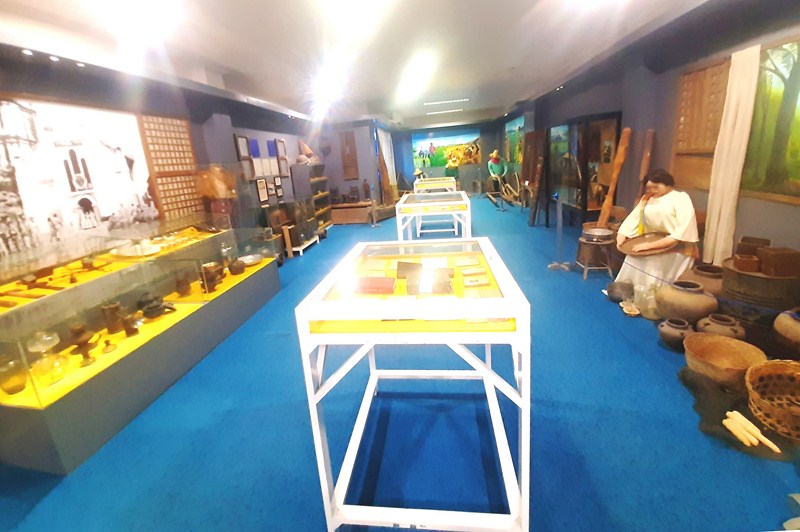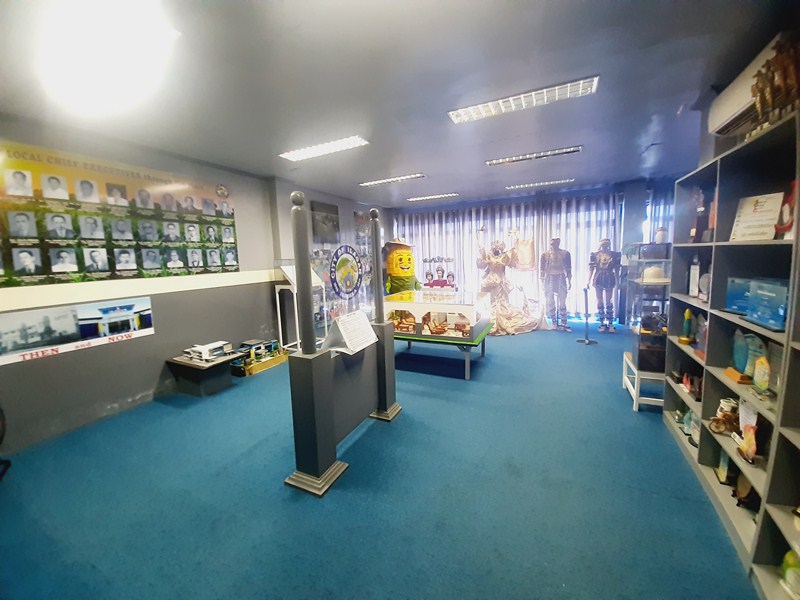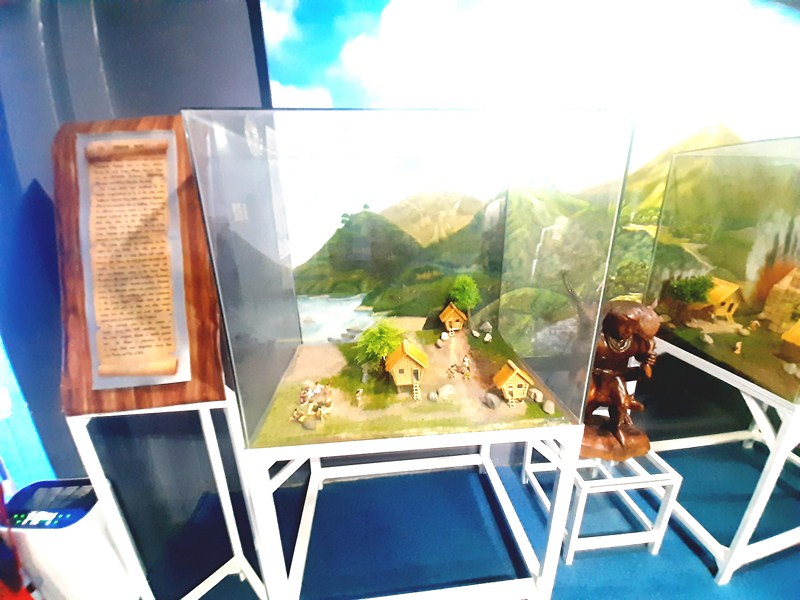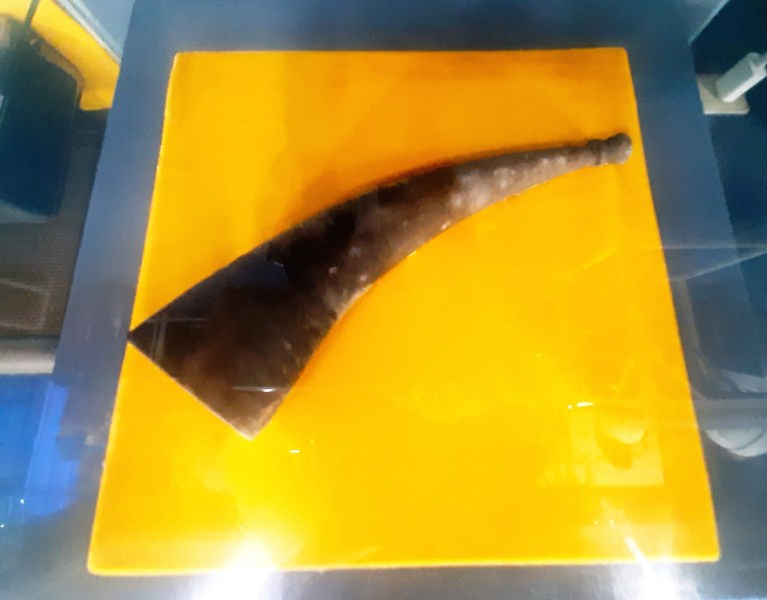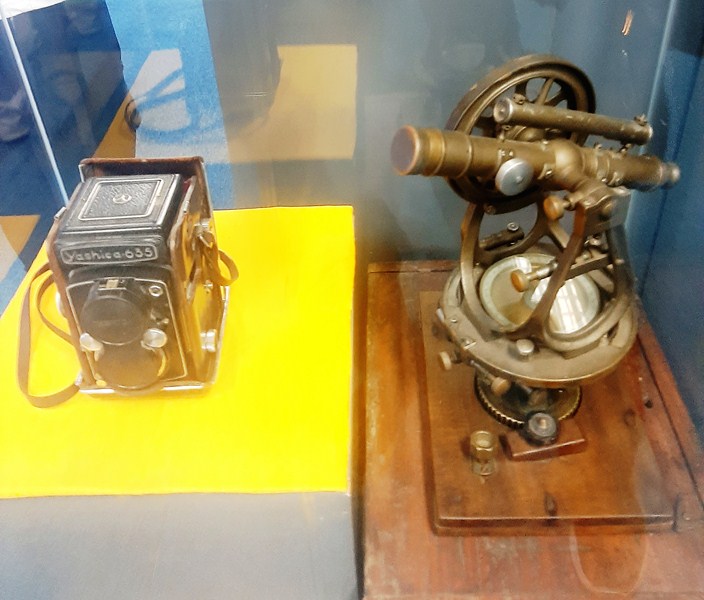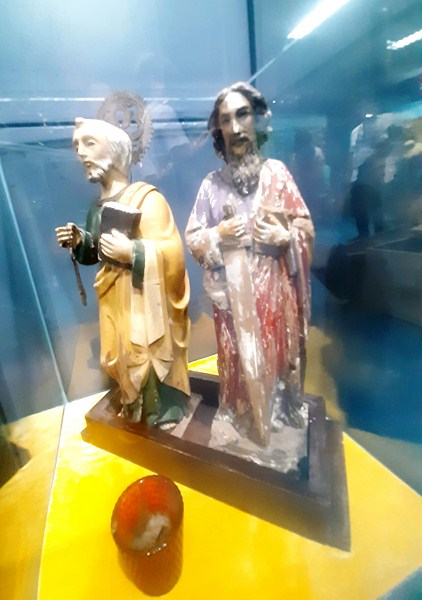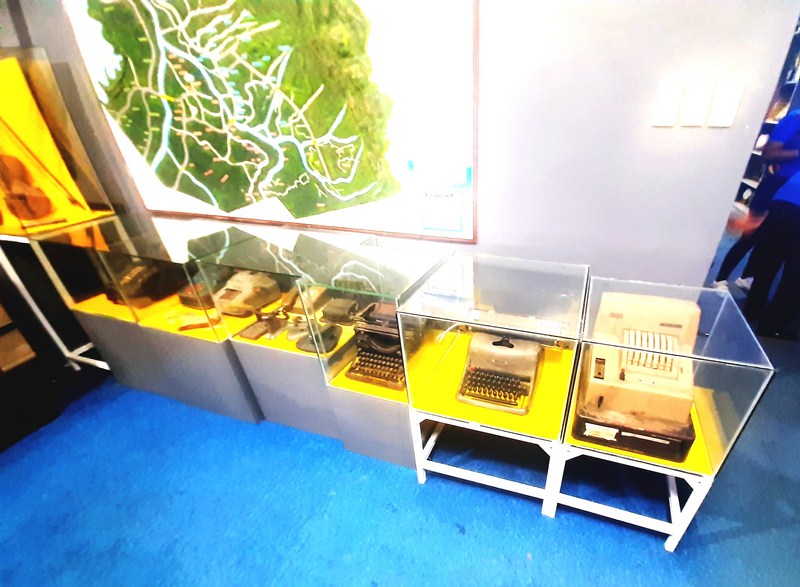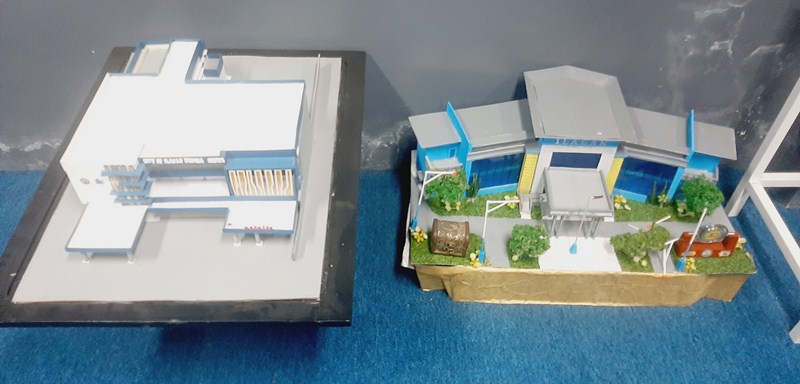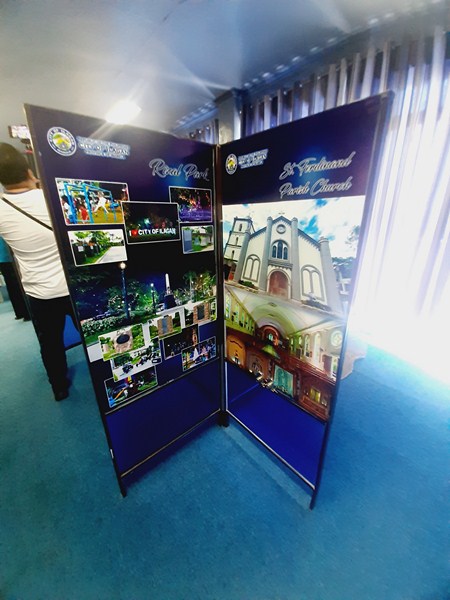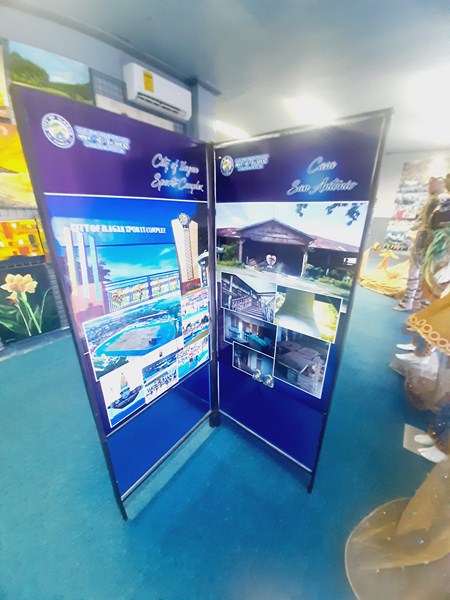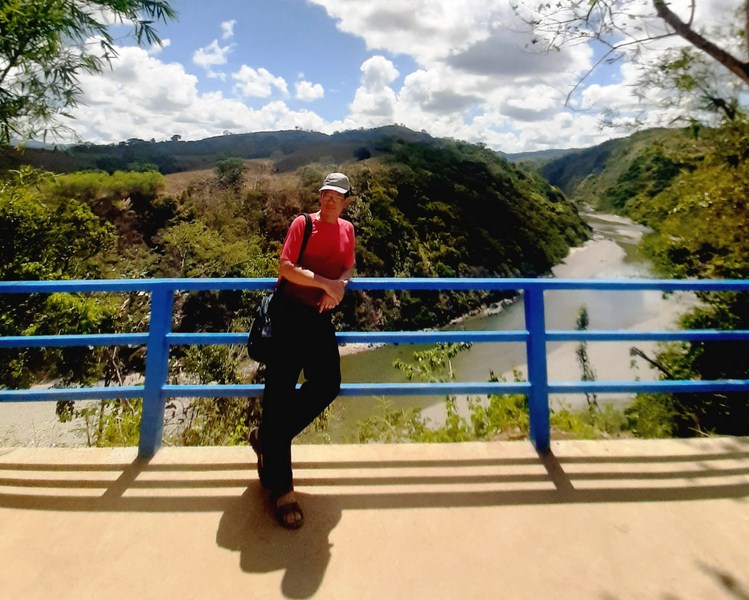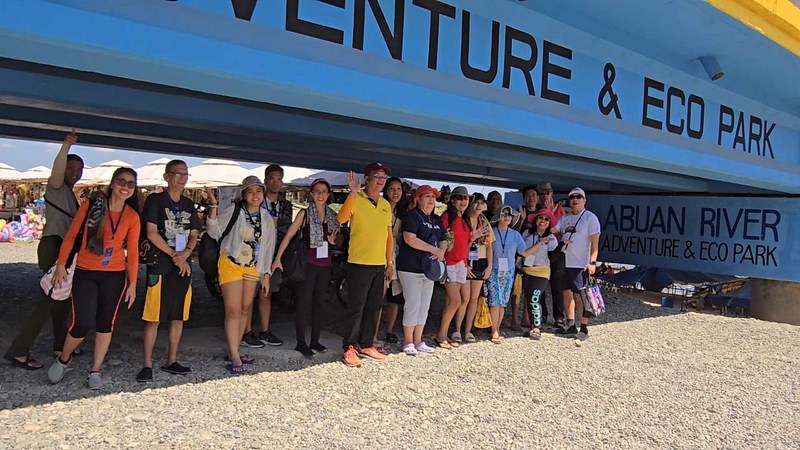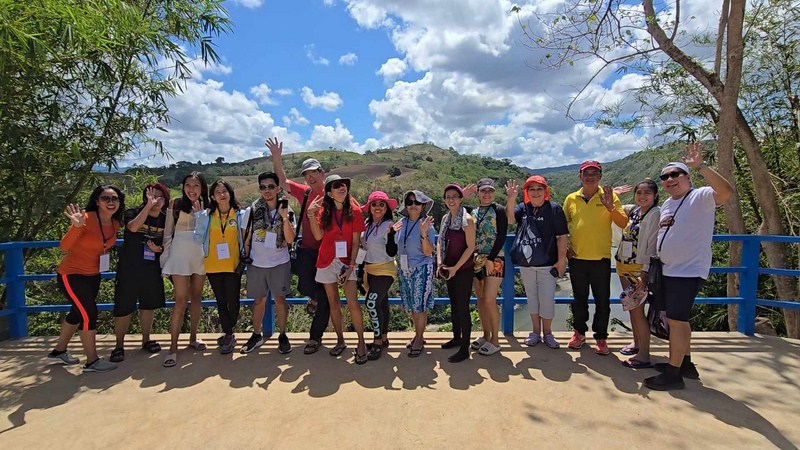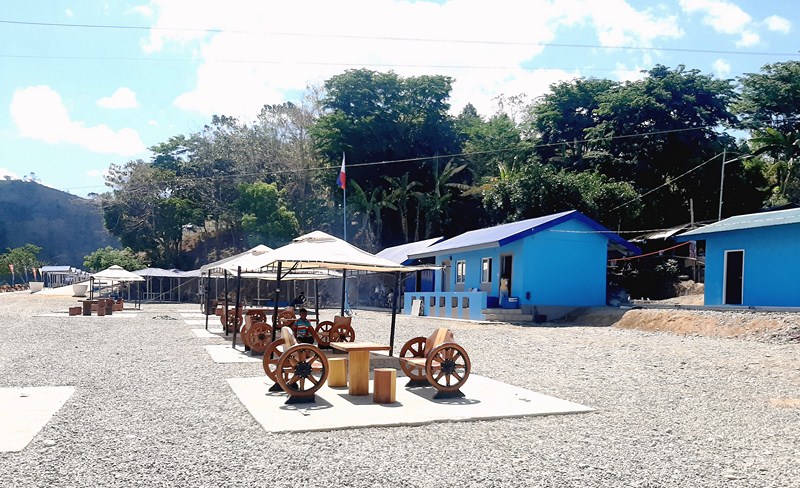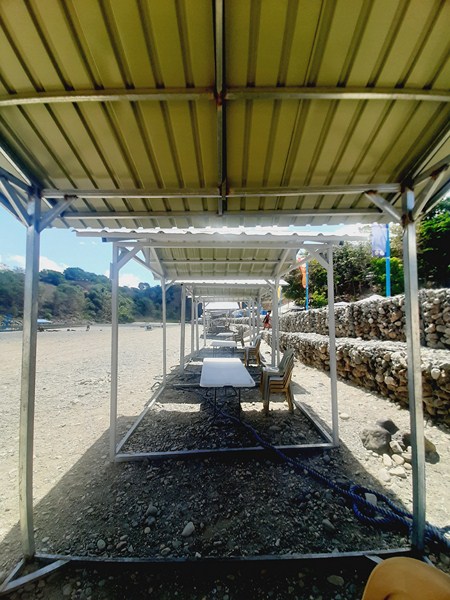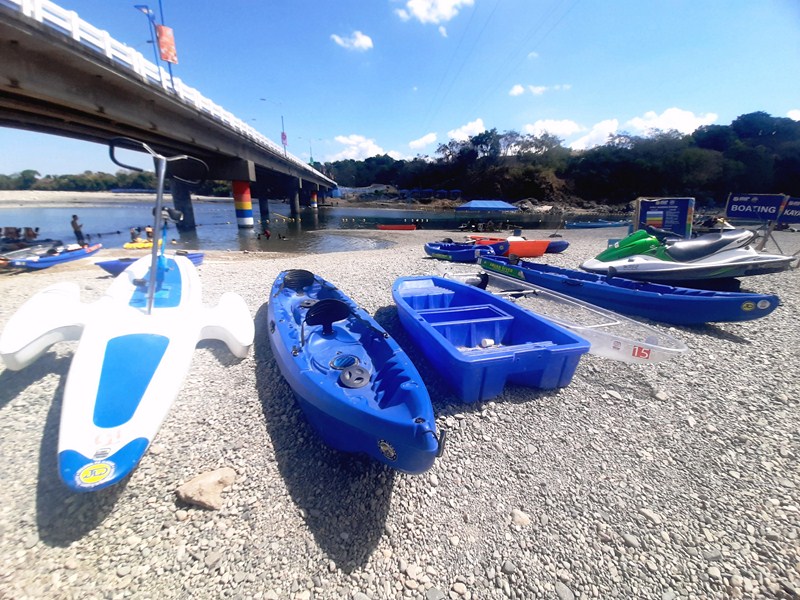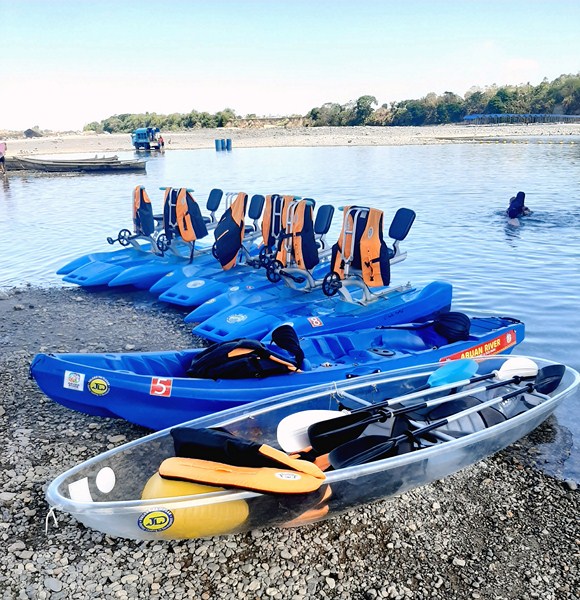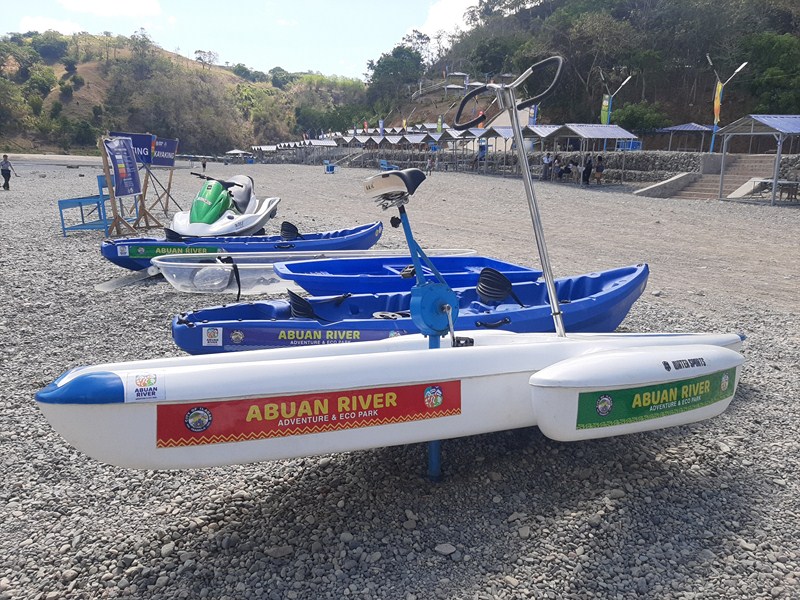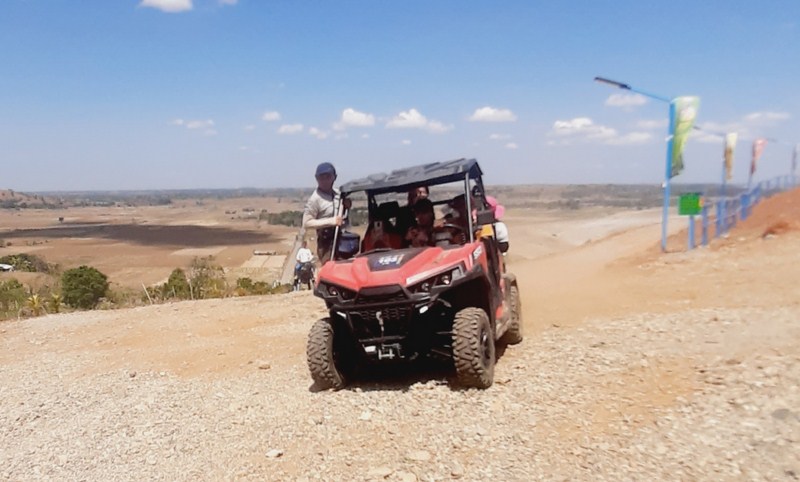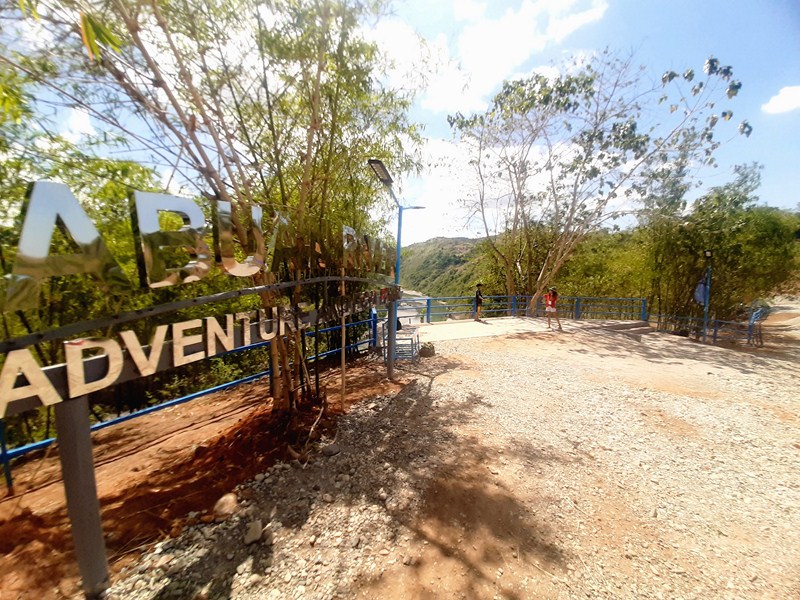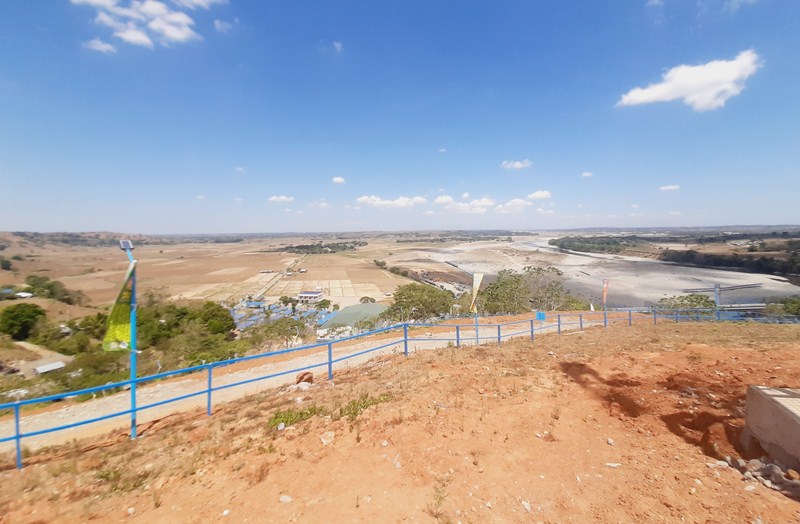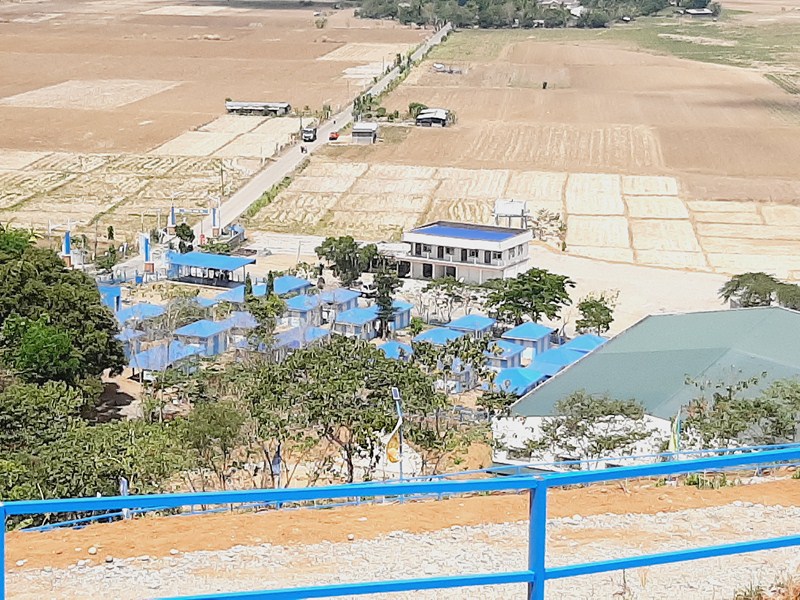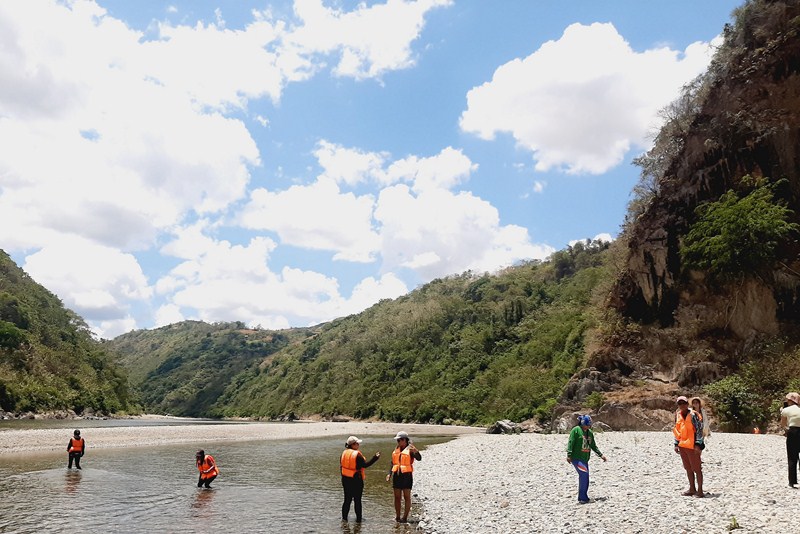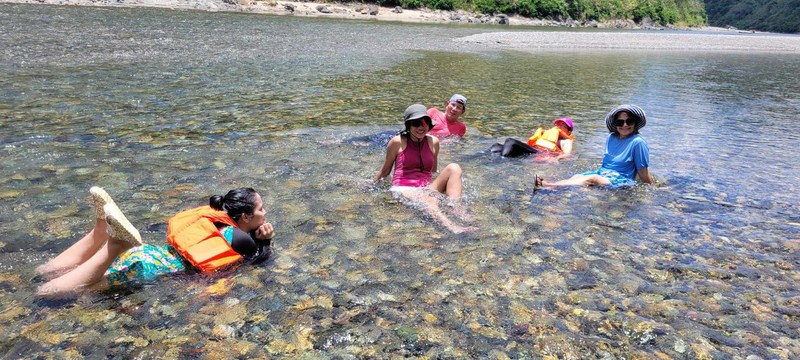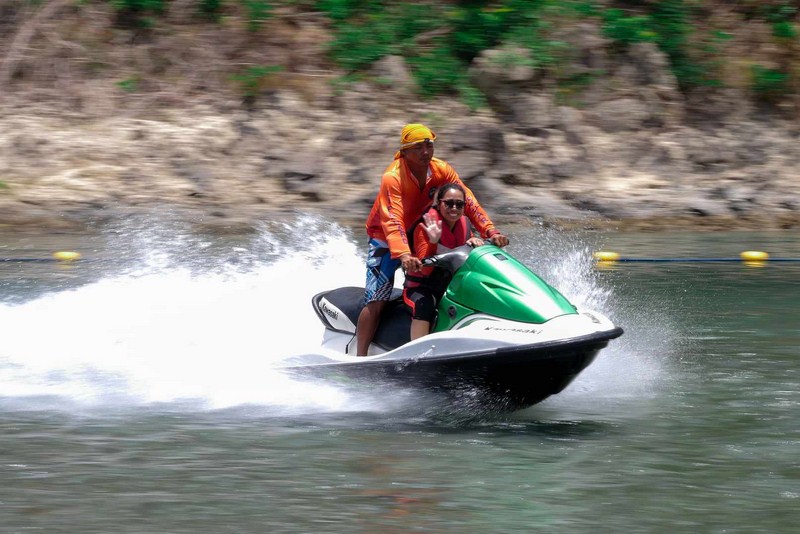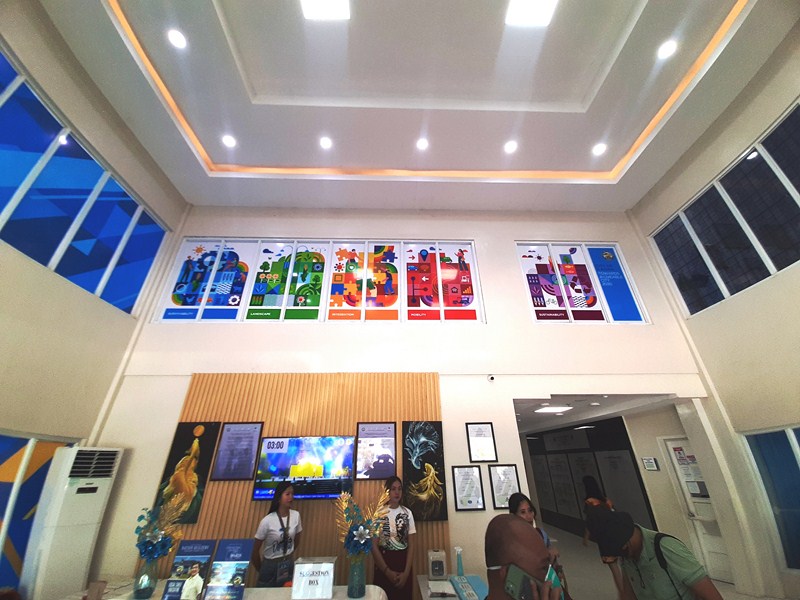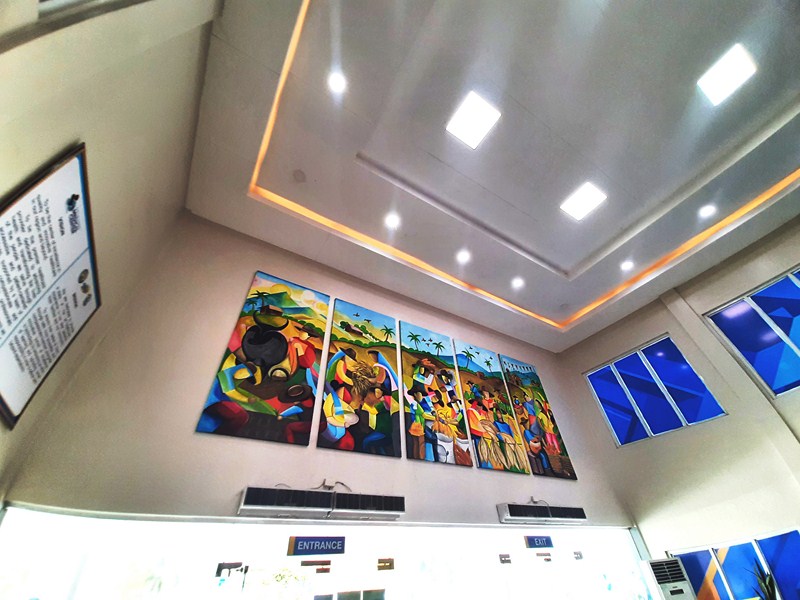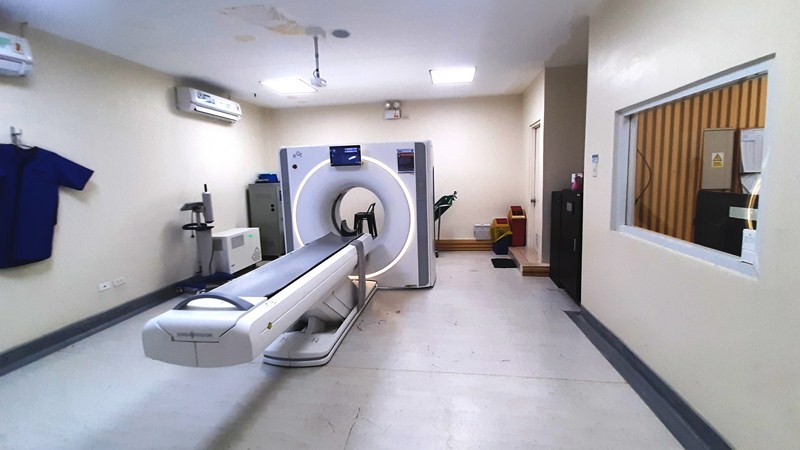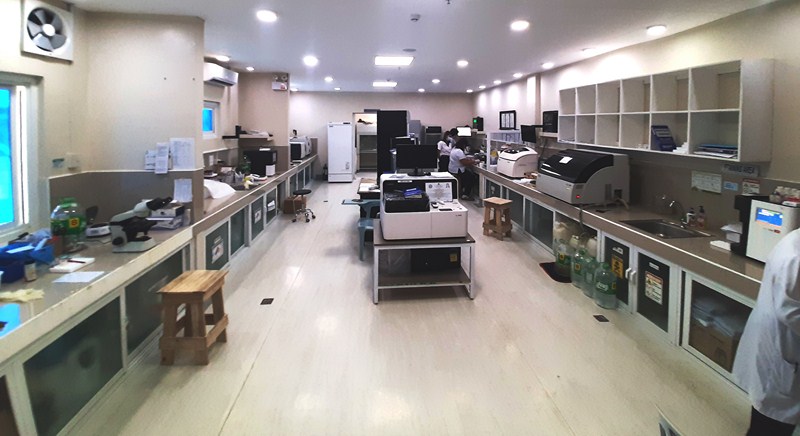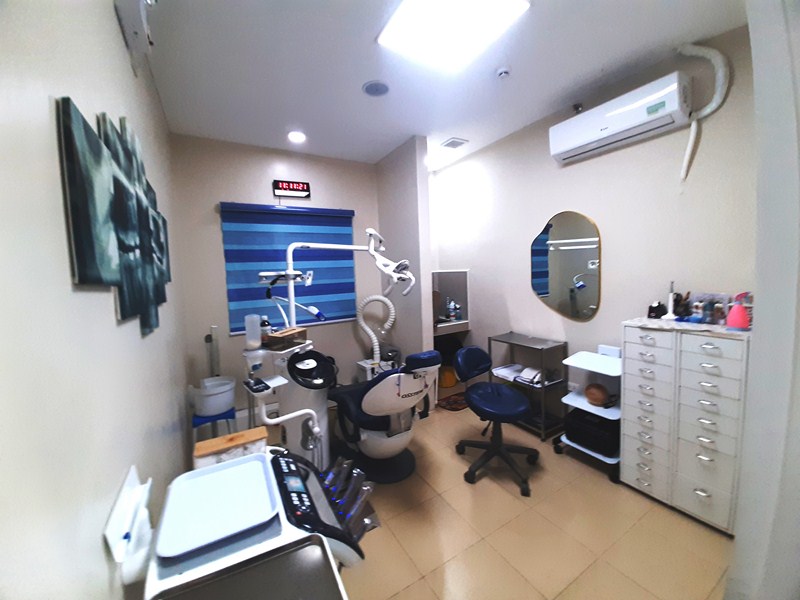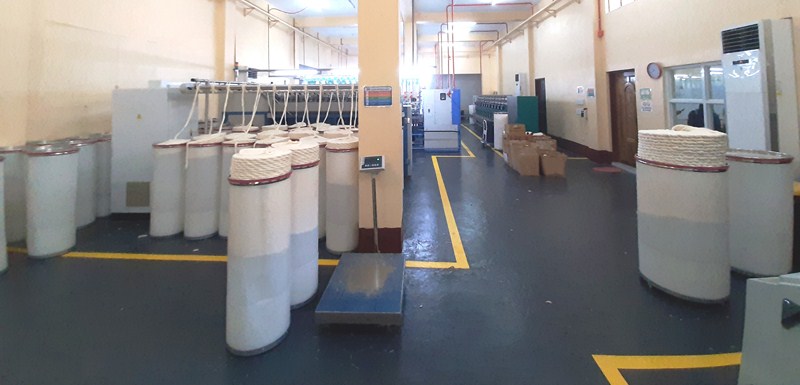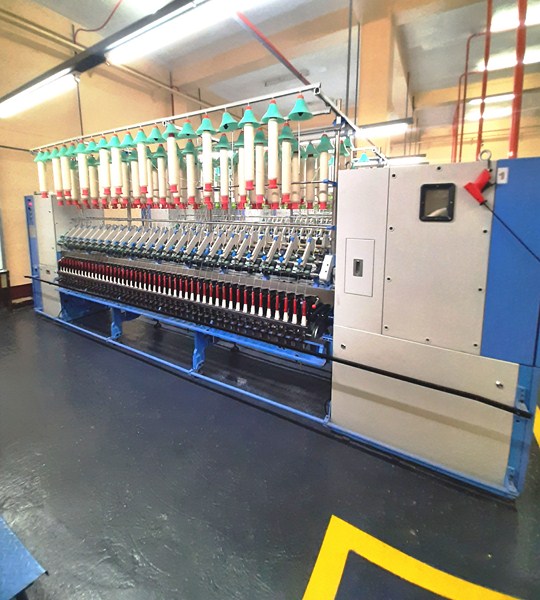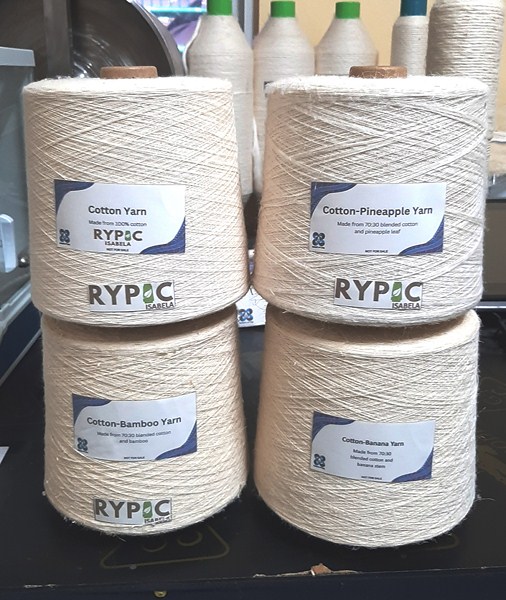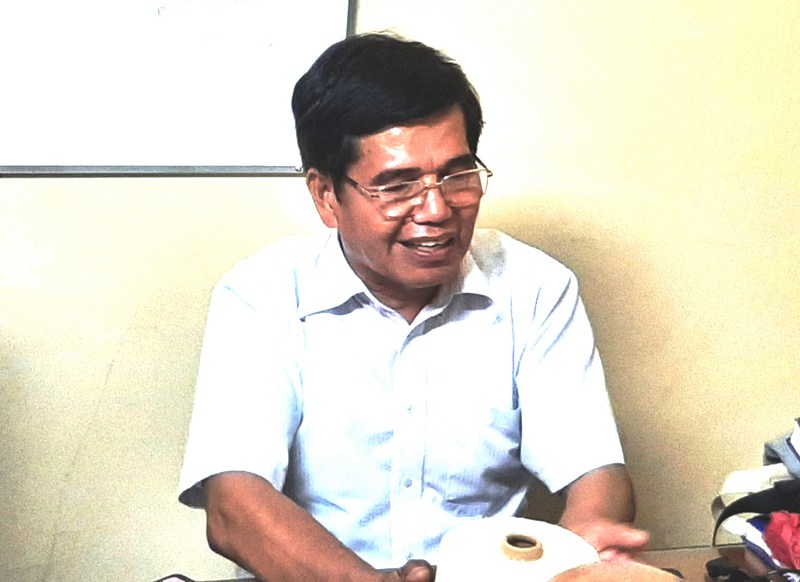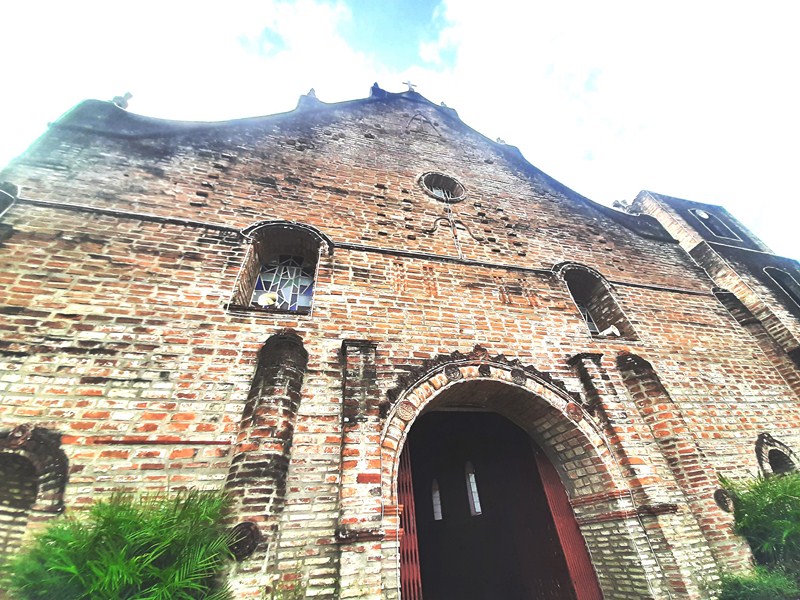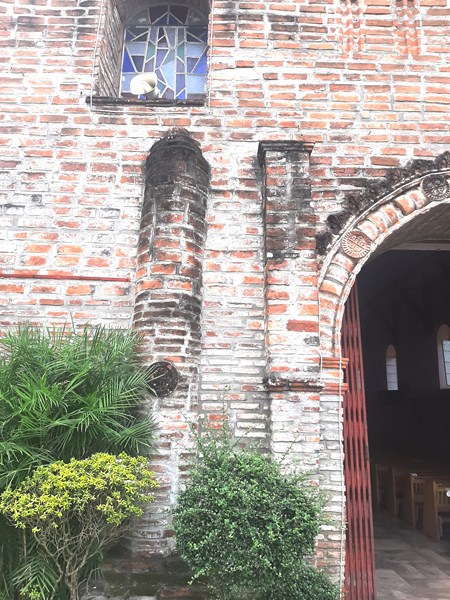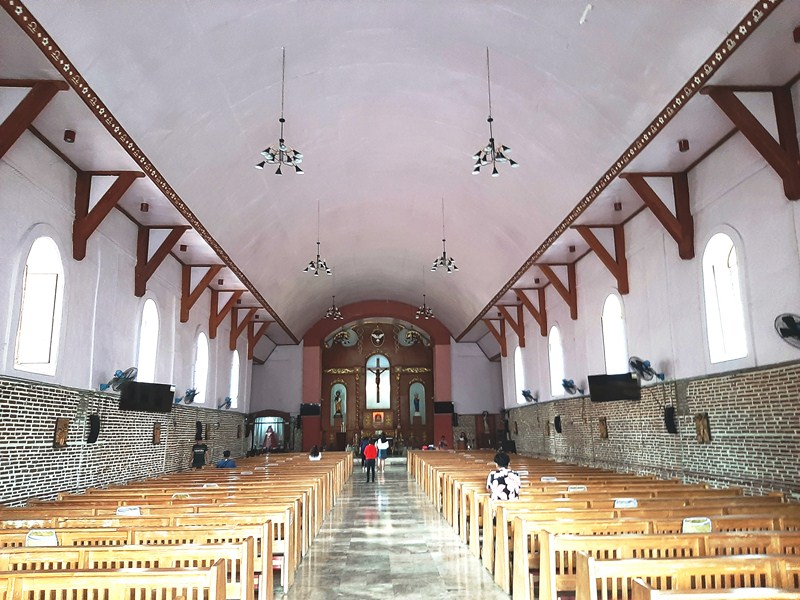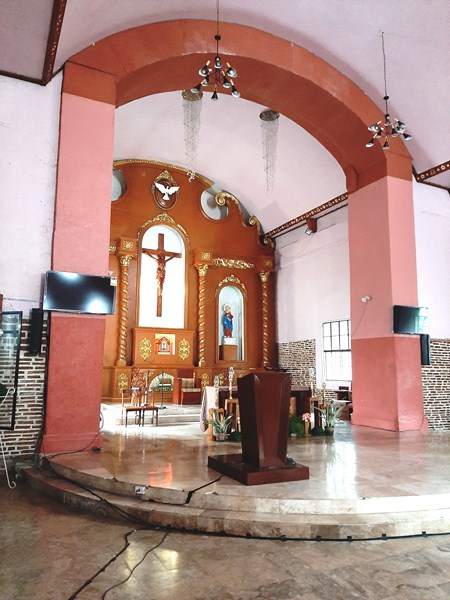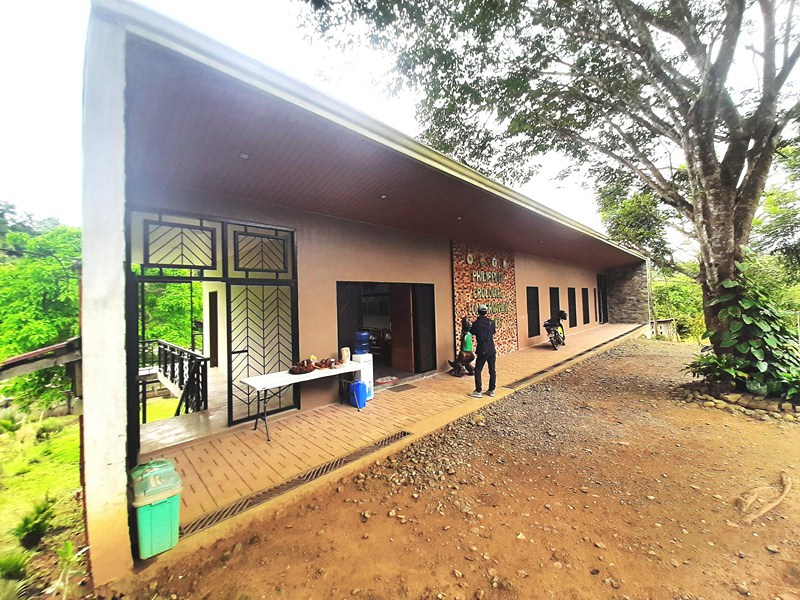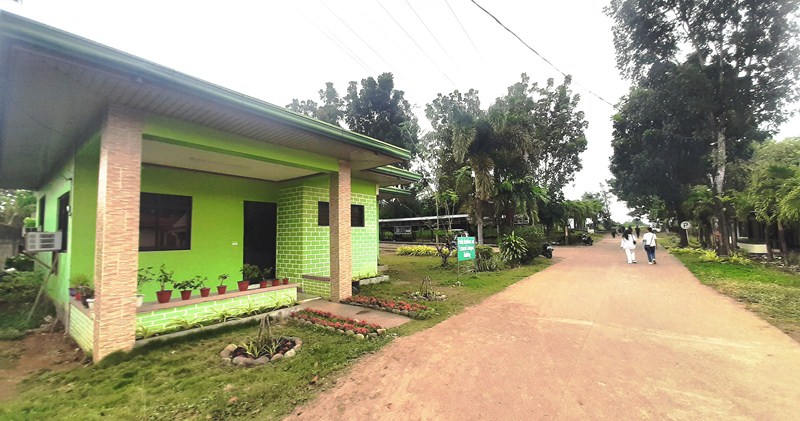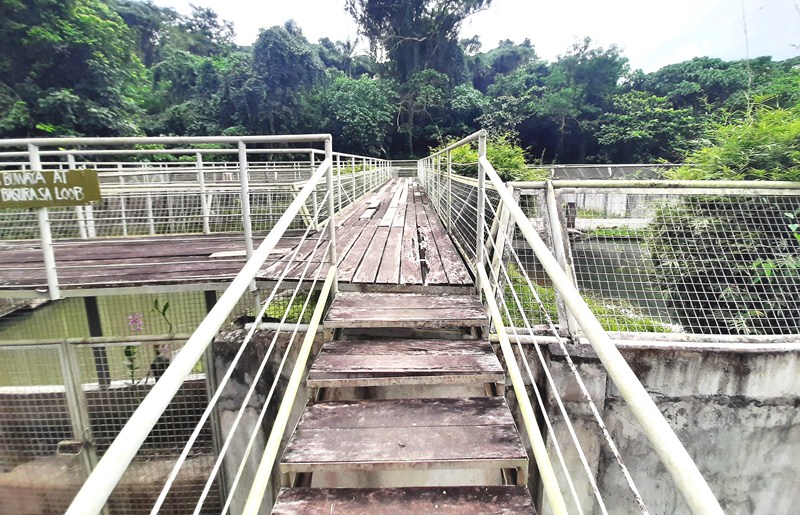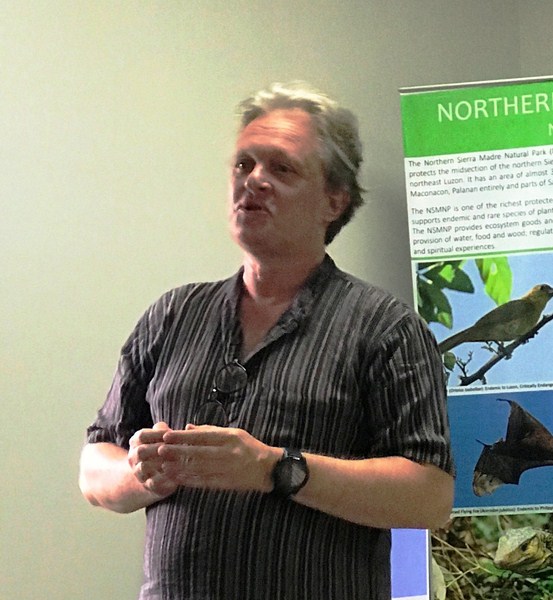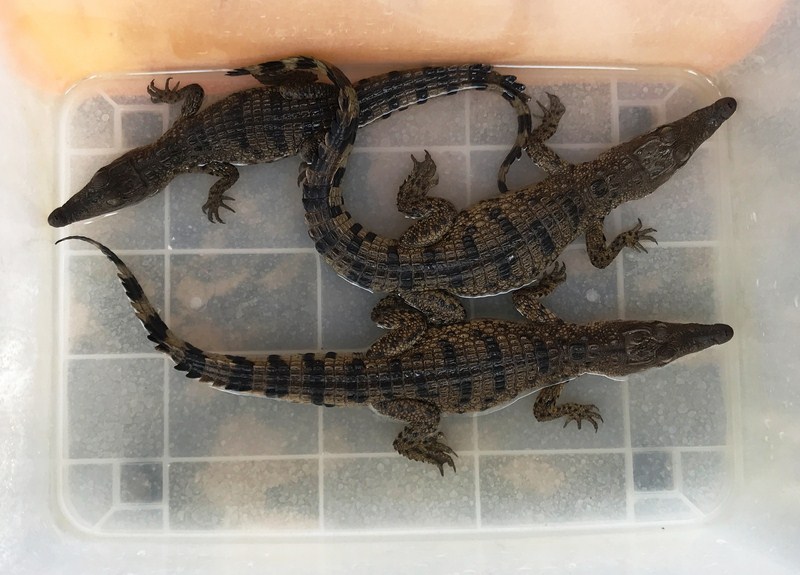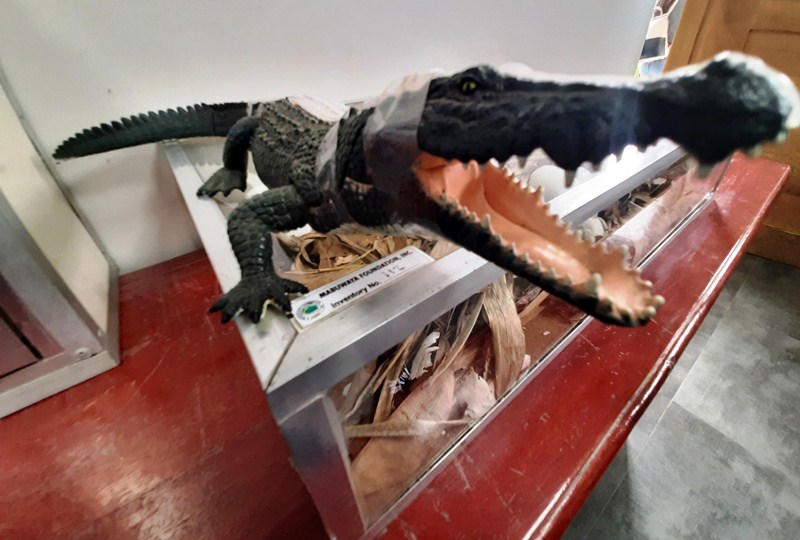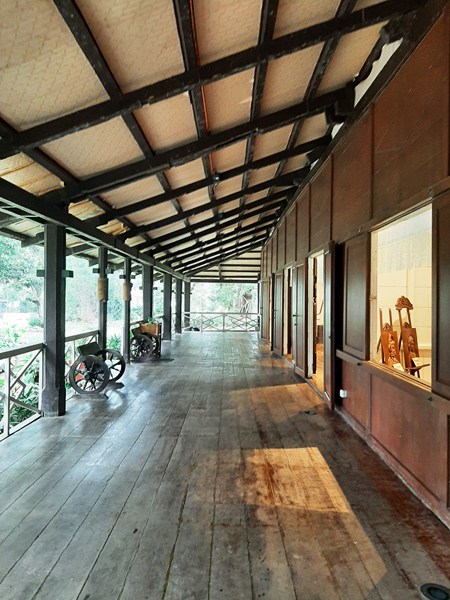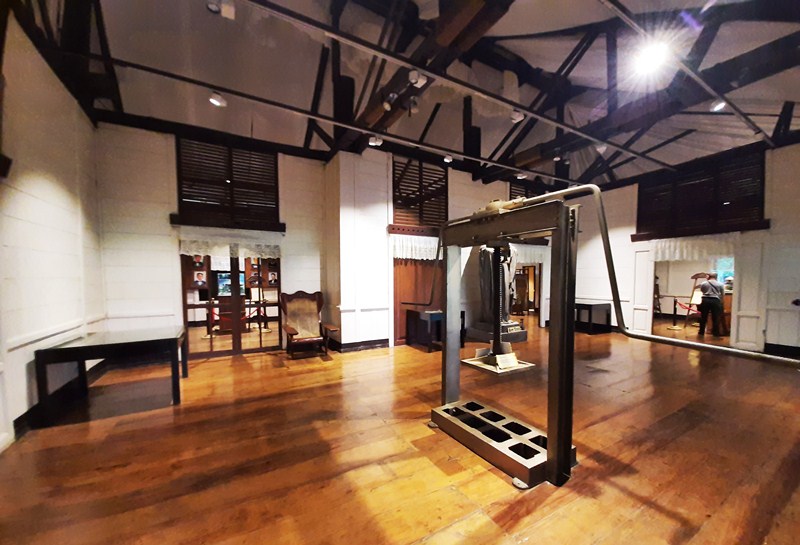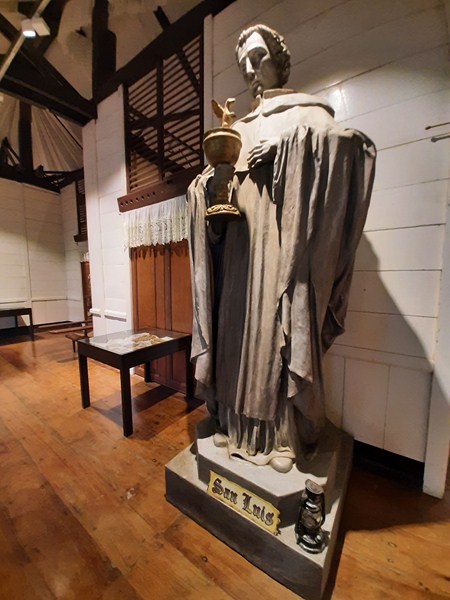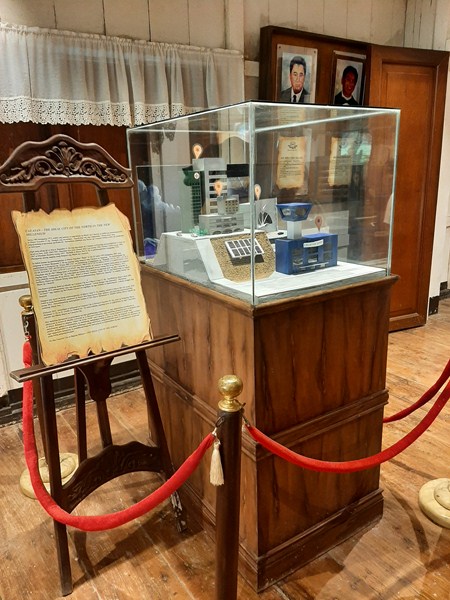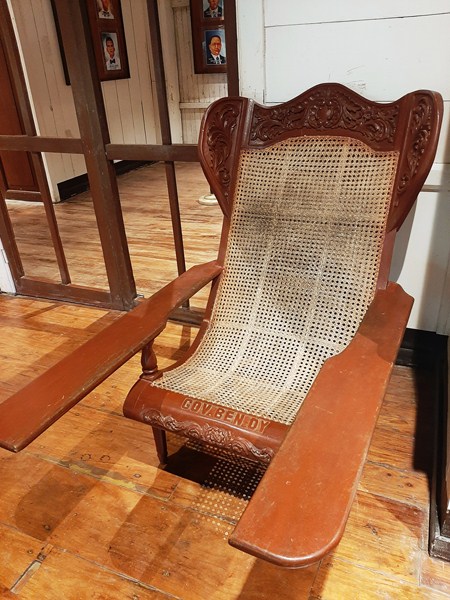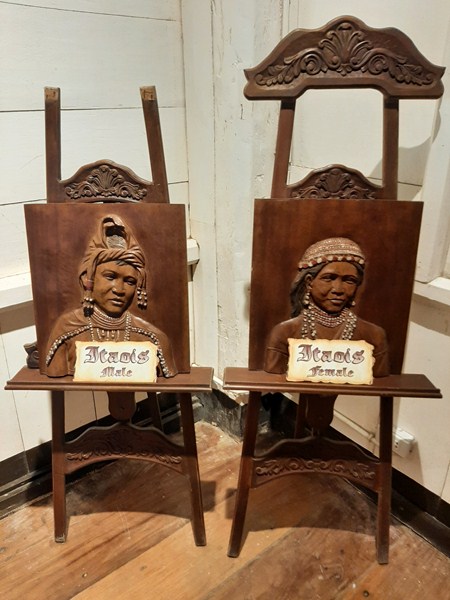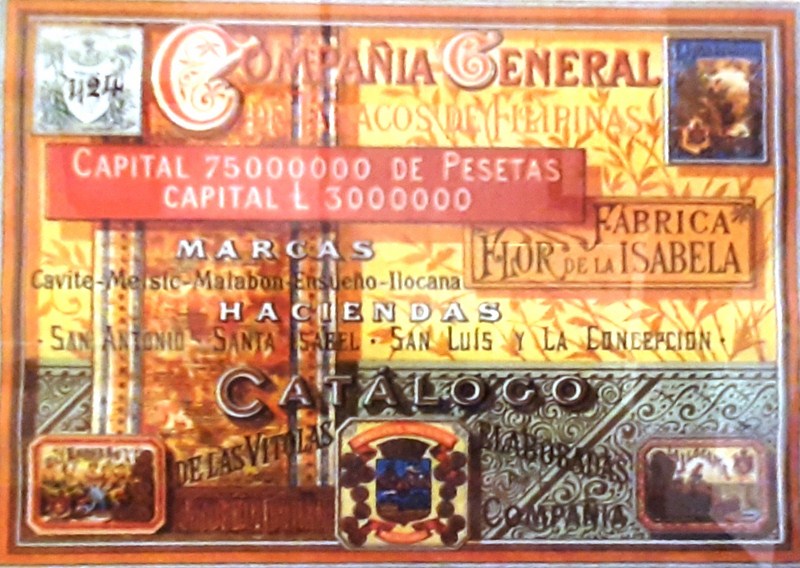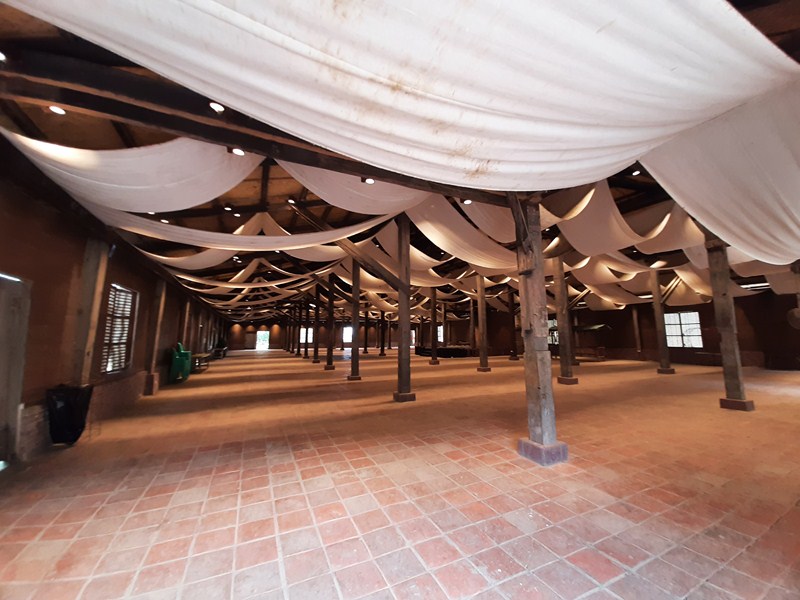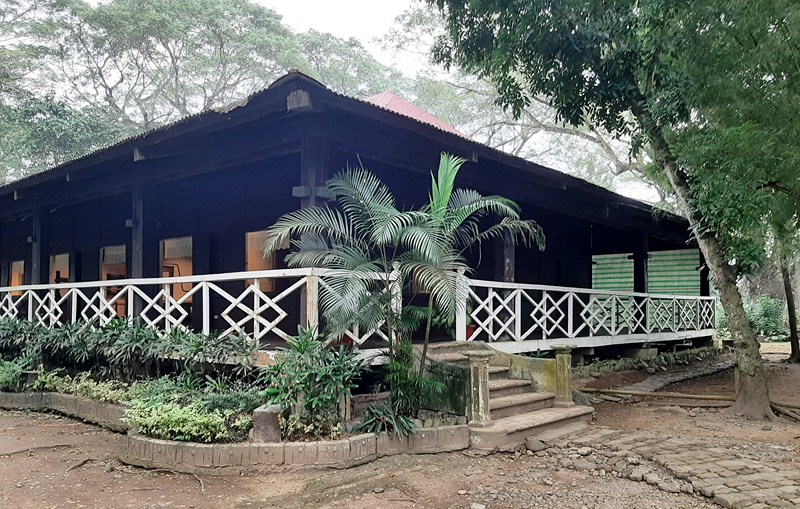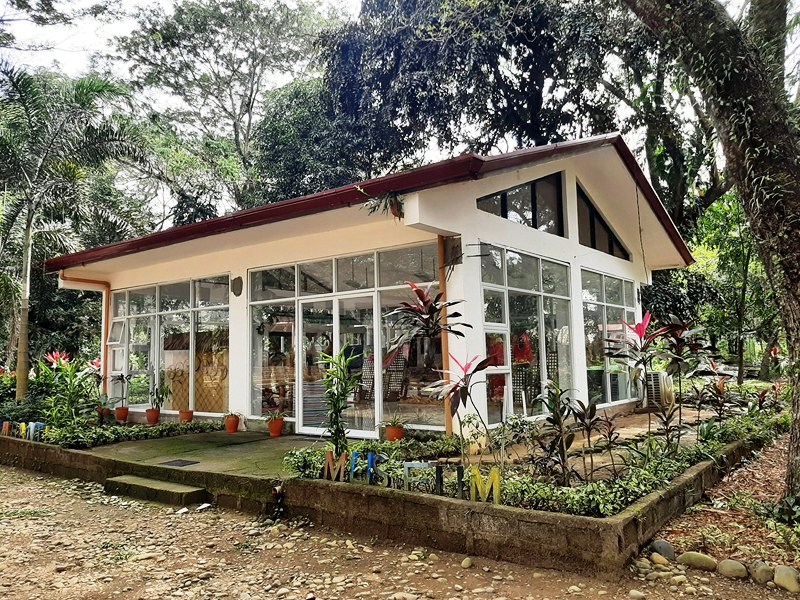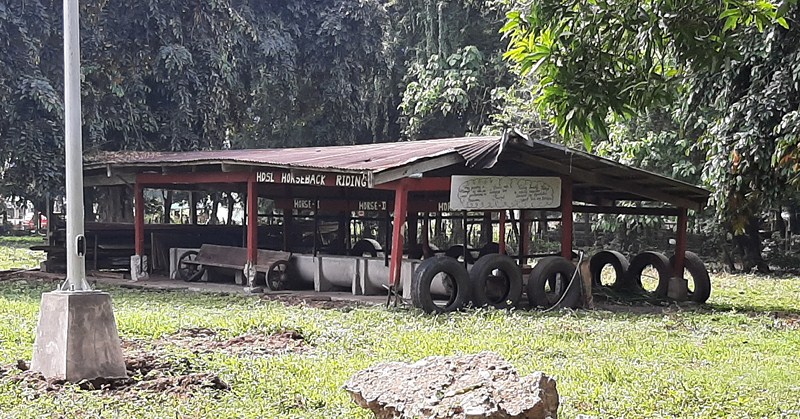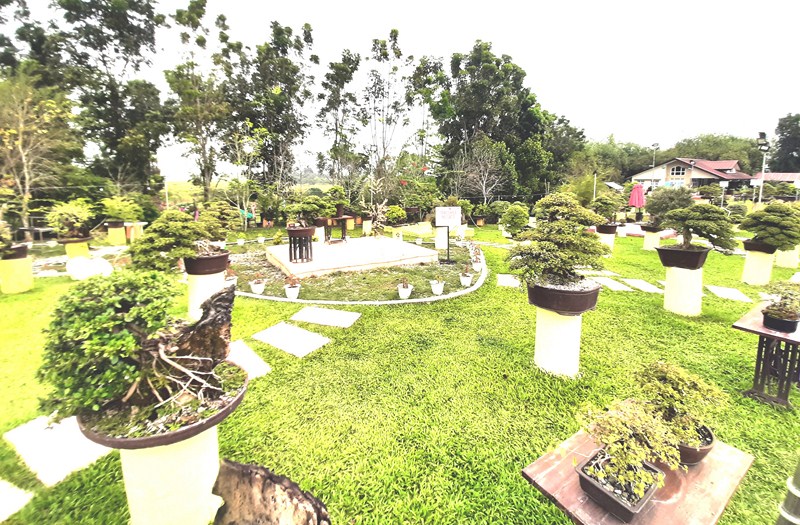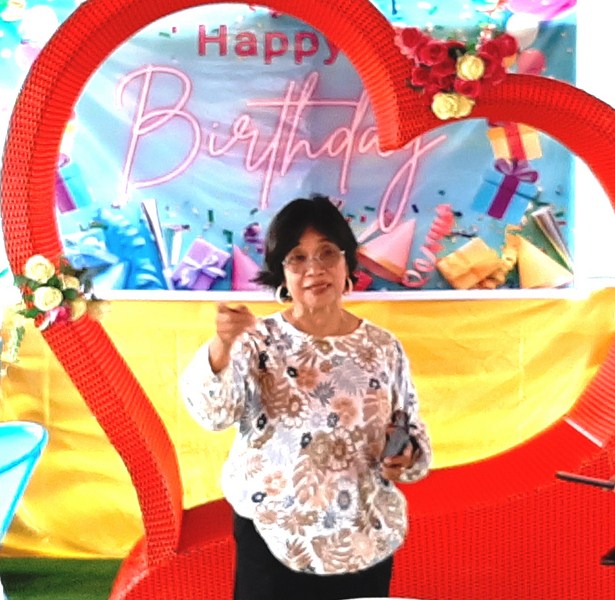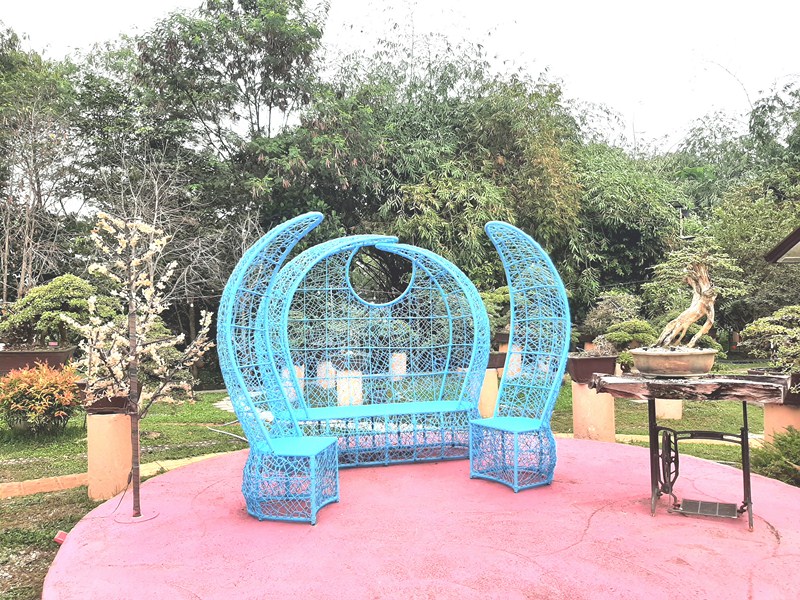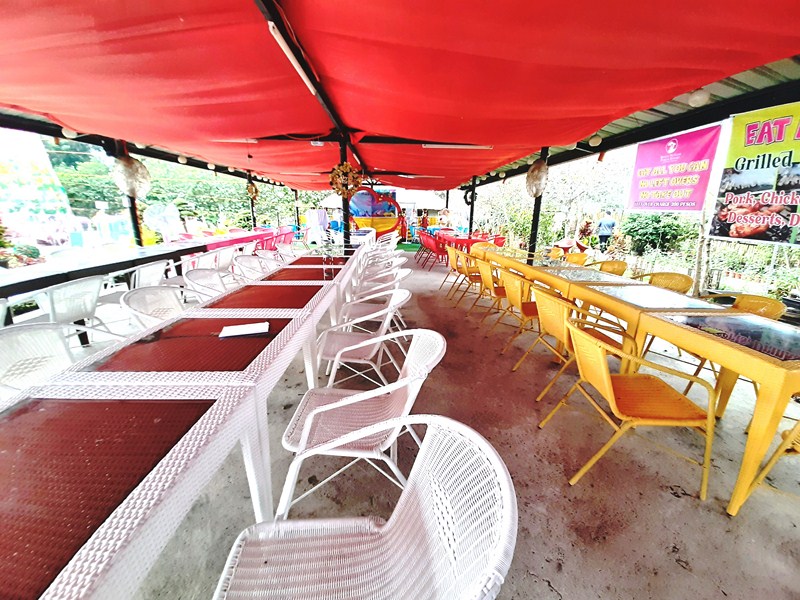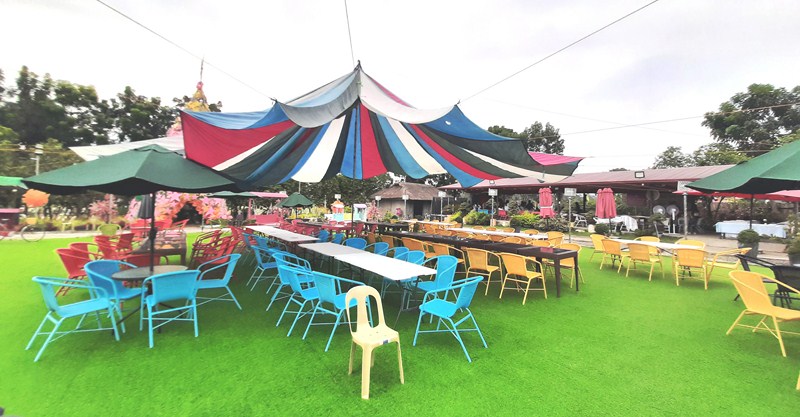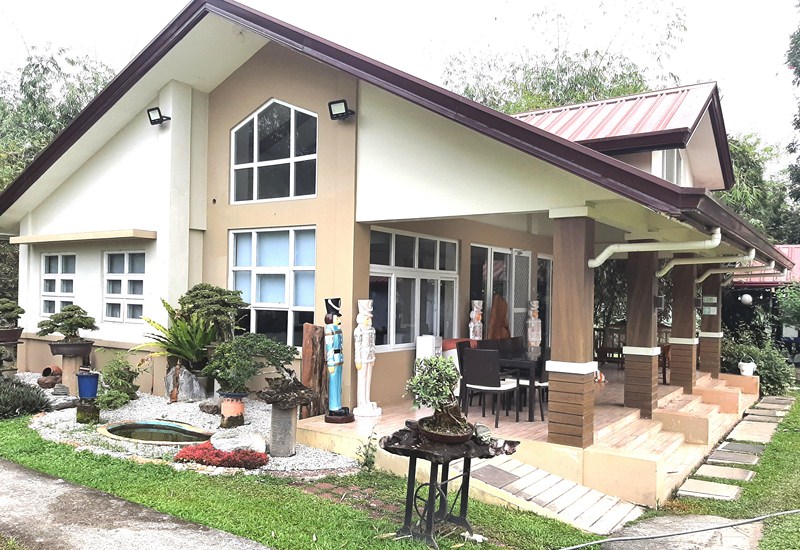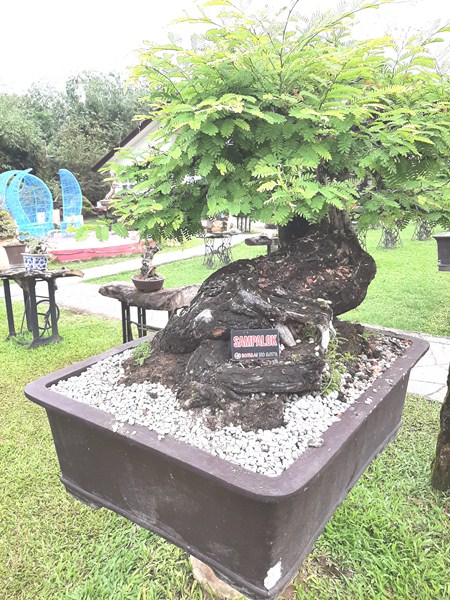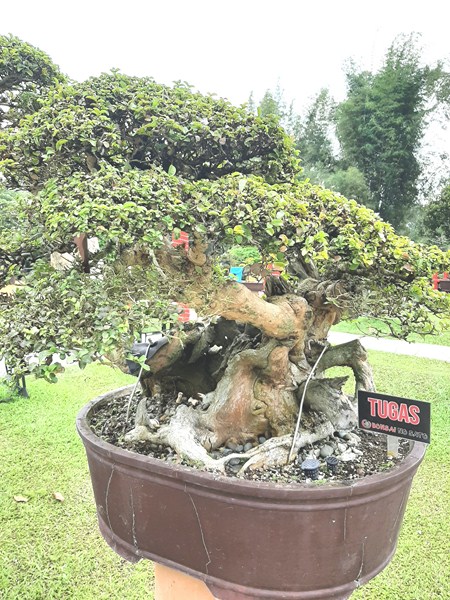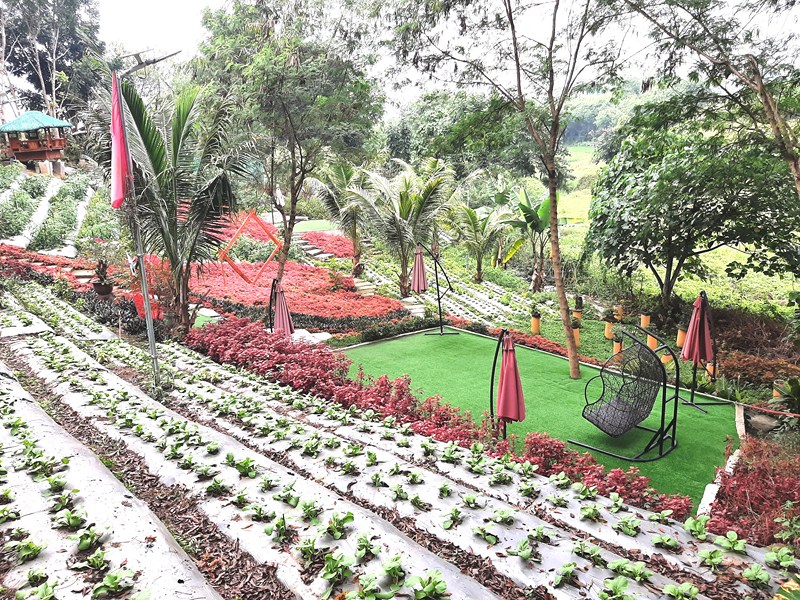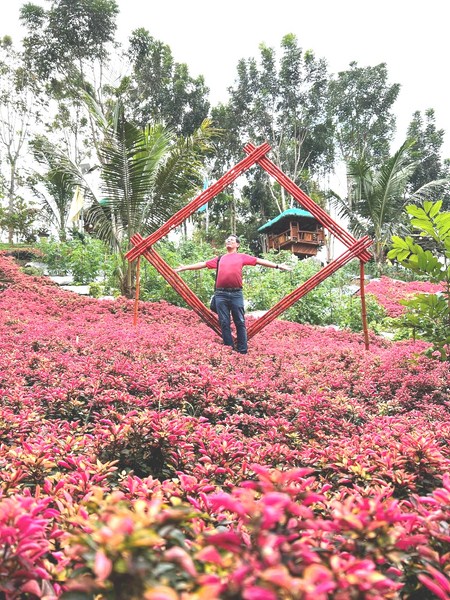Balai na Ilagan (“House of Ilagan”), also known as Friendship Hall and Balai na Maguili, is located beside St. Ferdinand Parish Church and Rizal Park. Brimming with art in every nook, it was built in 2009 and is a testament to the vibrant arts, culture, music and literature scene in the province. Here, artists can learn from workshops, hold concerts or just find solace in the peaceful surroundings.
This multi-purpose hall and former convent and town clinic, within the grounds of the diocese of the Roman Catholic Church in, was set up by Stewards and Friends of Ilagan Inc. (the corporate social responsibility arm of the S.M. Lazo Group of Companies based in Malate, Manila) to give Ilagueños a communal space to nurture the artistic talents of Ilagan’s residents. They also conduct youth development activities and livelihood training courses for the less fortunate, and ties up with institutions that promote productive skills such as TESDA to enrich the lives of the locals.
Balai ni Ilagan promotes culture and the arts by showcasing audio-visual presentations of native and international literature, music, arts and sciences; inviting speakers for cross-cultural learning; and holding competitions related to music, as well as painting and photography contests.
Adorning the interiors are wall-to-wall murals, painted by local artists, of forest scenes and jungle foliage interspersed with bright flowers, wildlife, mythical creatures, waterfalls, and birds in flight. On one side of the hall is a grand piano for aspiring musicians. There’s also a well-preserved 18th century chapel in the compound.
At the main entrance is an ornate, restored wooden door, from the old convent, carved with flowers and intricate details. The clean and orderly grounds are used by students, to practice plays, presentations and musical numbers.
The library, offering a wide range of reading materials, also displays promising artwork by students from workshops.
Balai na Ilagan: Sta. Ana cor. Rizal St., Brgy. Bagumbayan, 3300 Cityof Ilagan, Isabela.
City Tourism Office: 2/F, City Hall Bldg., 3300 City of Ilagan, Isabela. Tel: (078) 624-1511. E-mail: tourism@cityofilagan.gov.ph.
City of Ilagan Tourist Information and Assistance Center: Bonifacio Park, 3300 City of Ilagan, Isabela. Tel: (078) 324-7769. E-mail: ilaganinfocenter@gmail.com.
Isabela Provincial Tourism Office: Provincial Capitol Complex, City of Ilagan, Isabela. Tel: (078) 323-3146. Mobile number: (0917) 317-3820. E-mail: isabelatourismoffice@gmail.com.
Isabela Provincial Information Office: Provincial Capitol Complex, City of Ilagan, Isabela. Tel: (078) 323-0248. Mobile number: (0927) 395-7555. E-mail: letters_info@yahoo.com.
How to Get There: The City of Ilagan is located 429.3 kms. (an 8-hour drive) from Manila and 35.5 kms. (a 1-hour drive) from Cauayan City.


